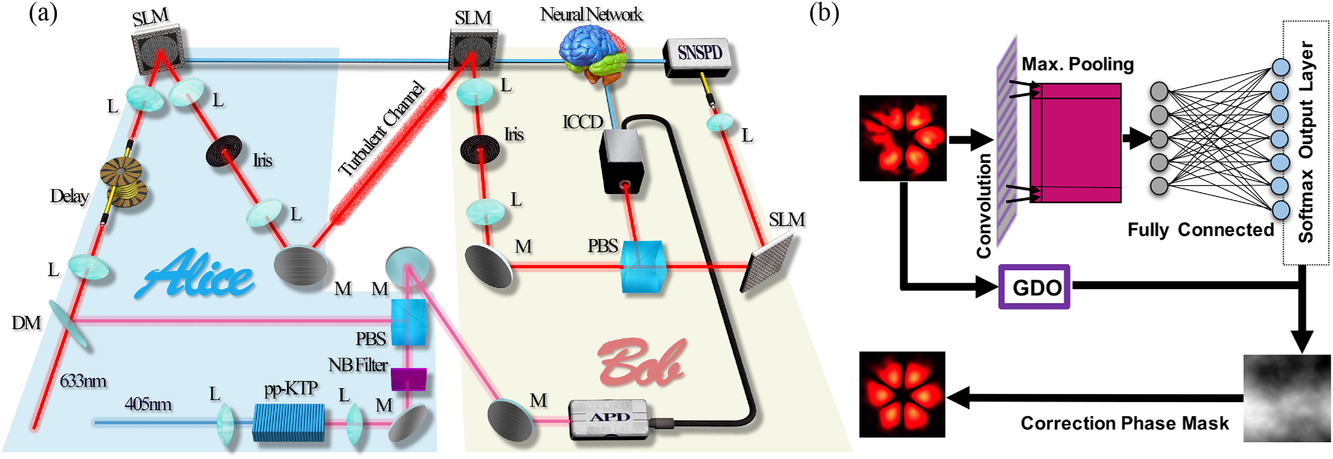In 2018, MIT scientists led by Pablo Jarillo-Herrero and Yuan Cao discovered that when two sheets of graphene are stacked together at a slightly offset “magic angle”, the new twisted graphene structure can become either an insulator, completely blocking electricity from flowing through the material, or paradoxically, a superconductor, able to let electrons fly through without resistance. It was a monumental discovery that helped launch a new field known as twistronics, the study of electronic behavior in twisted graphene and other materials.
In a first study, the researchers, along with collaborators at the Weizmann Institute of Science, have imaged and mapped an entire twisted graphene structure for the first time, at a resolution fine enough that they are able to see very slight variations in local twist angle across the entire structure.
The results revealed regions within the structure where the angle between the graphene layers veered slightly away from the average offset of 1.1 degrees.
In the second study, the team report creating a new twisted graphene structure with not two, but four layers of graphene. They observed that the new four-layer magic-angle structure is more sensitive to certain electric and magnetic fields compared to its two-layer predecessor. This suggests that researchers may be able to more easily and controllably study the exotic properties of magic-angle graphene in four-layer systems.
Partly inspired by this theoretical possibility, the researchers fabricated a new magic-angle structure, offsetting one graphene bilayer with another bilayer by 1.1 degrees. They then connected the new “double-layer” twisted structure to a battery, applied a voltage, and measured the current that flowed through the device as they placed the structure under various conditions, such as a magnetic field, and a perpendicular electric field.
Just like magic-angle structures made from two layers of graphene, the new four-layered structure showed an exotic insulating behavior. But uniquely, the researchers were able to tune this insulating property up and down with an electric field — something that’s not possible with two-layered magic-angle graphene. (SciTechDaily)
The studies have been published in two papers in the journal Nature.



